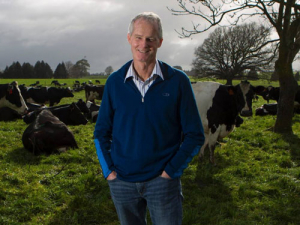Dairy farmers are being strongly encouraged to give their feedback on how the sector will pay its share of the Mycoplasma bovis (M. bovis) response programme.
After the decision last May to move to eradication of M. bovis, the government estimated the total expected response cost over 10 years to be $870 million. The government is paying $591 million, the dairy sector $262 million and the beef sector $17.4 million.
DairyNZ also announced in December that the biosecurity response levy would be required to pay for dairy’s contribution and consultation would begin in early 2019.
“The consultation on the response levy is now underway and we want to hear from every dairy farmer,” said DairyNZ chair Jim van der Poel.
“Eradication is looking achievable and this is a great outcome for New Zealand. Partnering with the government has significantly reduced the costs of managing the M. bovis response, and we are very grateful for the support of the government and the public.”
DairyNZ has posted information packs to all dairy farmers, outlining details of the proposed levy and how it will be collected.
DairyNZ is proposing that the biosecurity response levy is set at a maximum of 3.9c/kgMS. This will be reviewed annually and, once the costs of the M. bovis response are recovered over two years, the levy will reduce significantly (unless there is another biosecurity response required). For example, an average farm milking 430 cows will pay a maximum of around $6100 per year, for two years, for the M. bovis response.
The biosecurity response levy is permanently in place, but the levy amount will be substantially reduced once the M. bovis response costs have been paid.
“We understand that the financial contribution to the M. bovis response, via the levy, will be challenging for some farmers. However, we believe it was the right decision to eradicate rather than let the disease spread through our stock. Letting M. bovis spread would have been a more serious challenge and much higher and longer lasting costs,” says Mr van der Poel.
Information about the proposal is available on the DairyNZ website and farmers will be able to attend meetings nationwide during February to hear more and provide their feedback.
“We want to hear from farmers because they will all contribute towards dairy’s share of the eradication programme. It’s vital that farmers ask the questions they need to and know where to go for more information,” said van der Poel.
Farmers have until February 28 to give their feedback to DairyNZ.


















